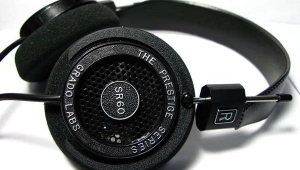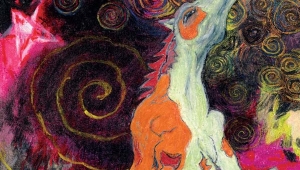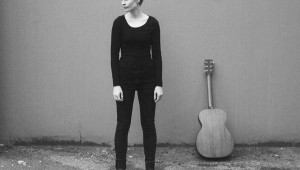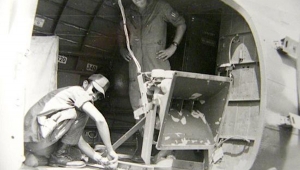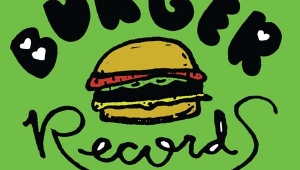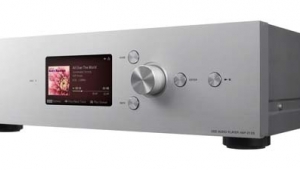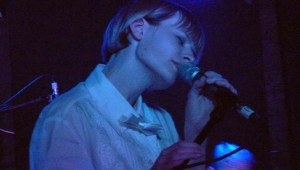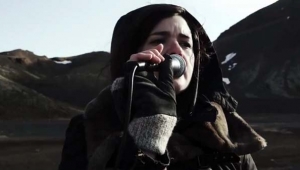| Columns Retired Columns & Blogs |
Thanks for the great interview. I bought the FLAC from Bandcamp. And thanks for actually pointing out the fact it is available as a lossless download.
This is the type of recording that will clear the room of audiophiles, and that can only be a good thing.







